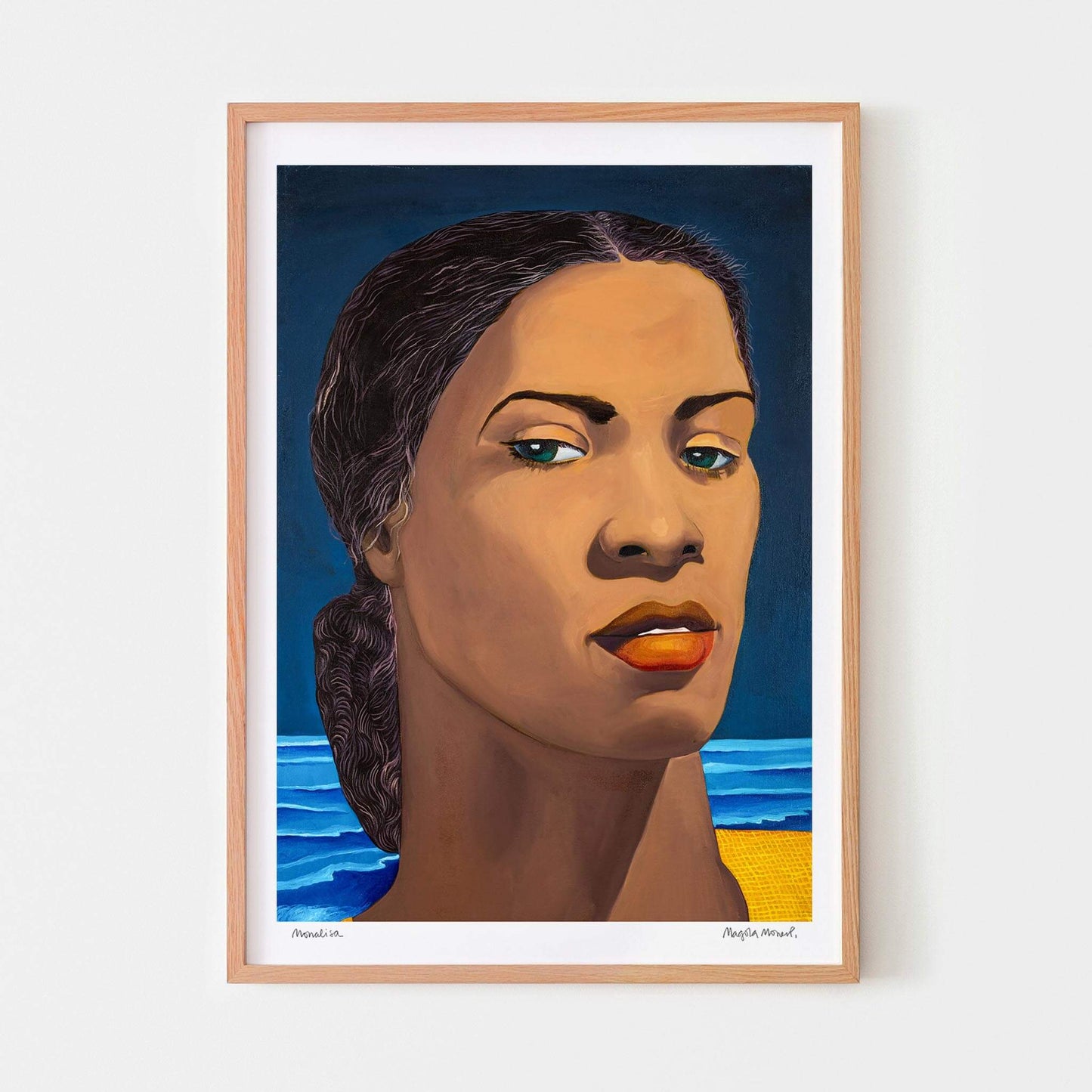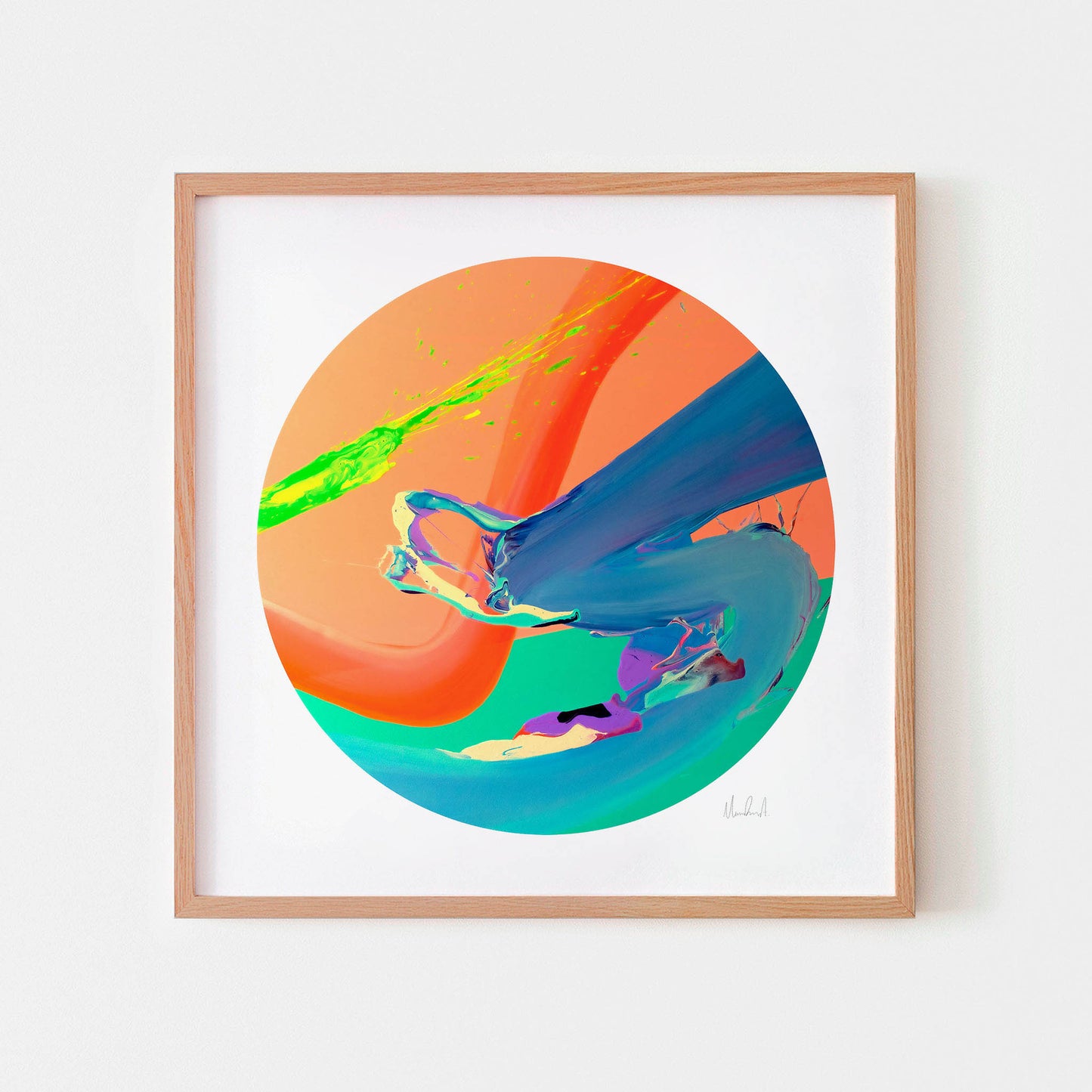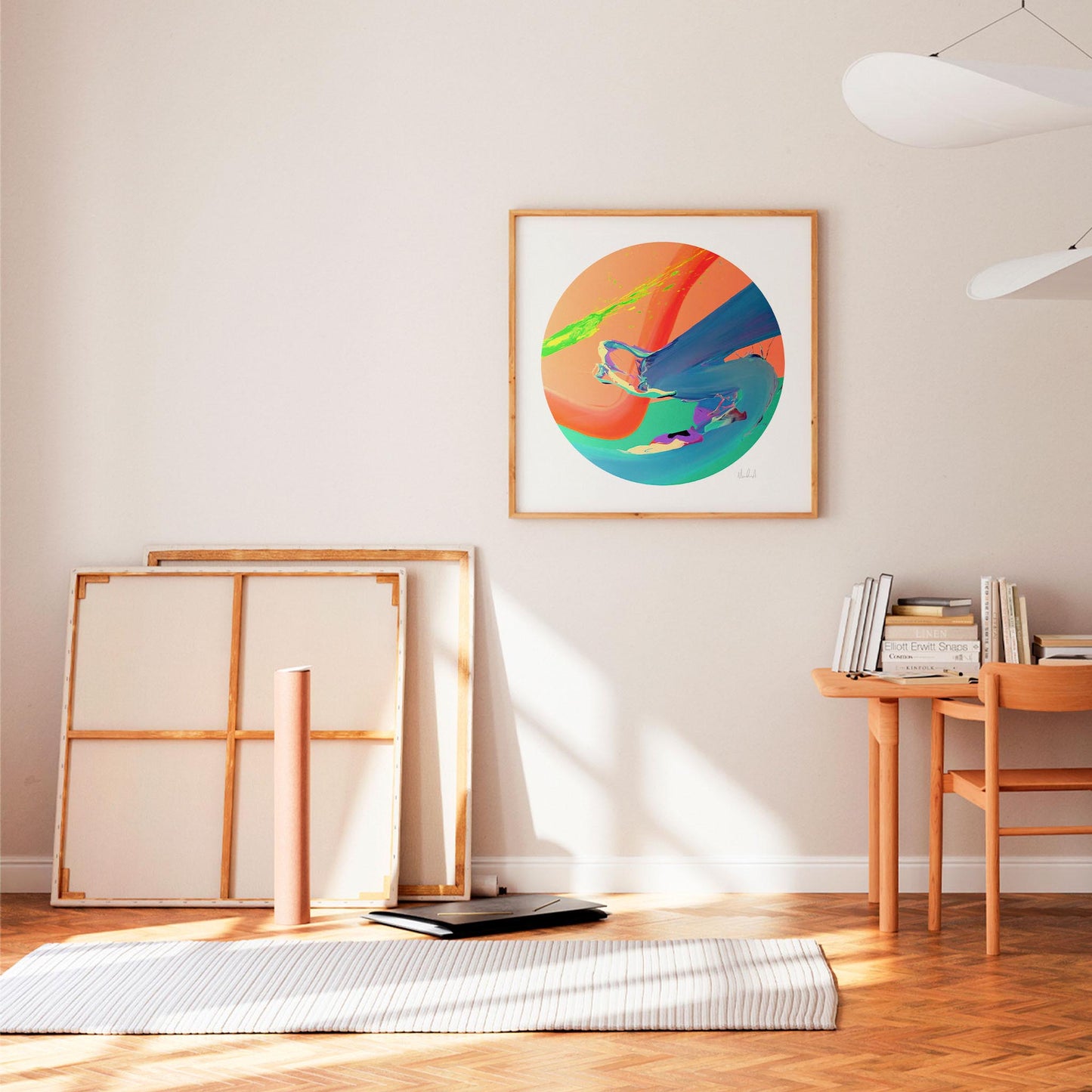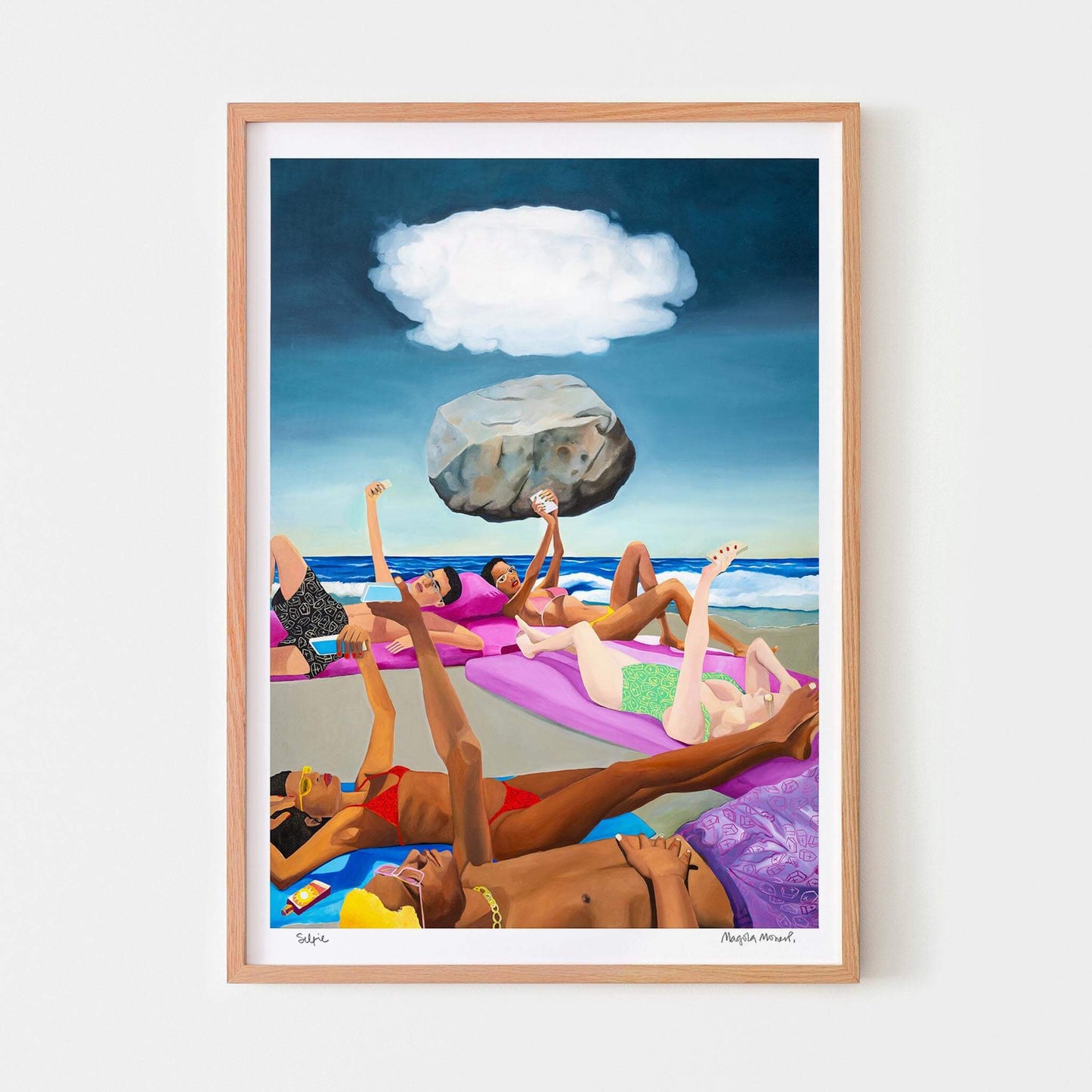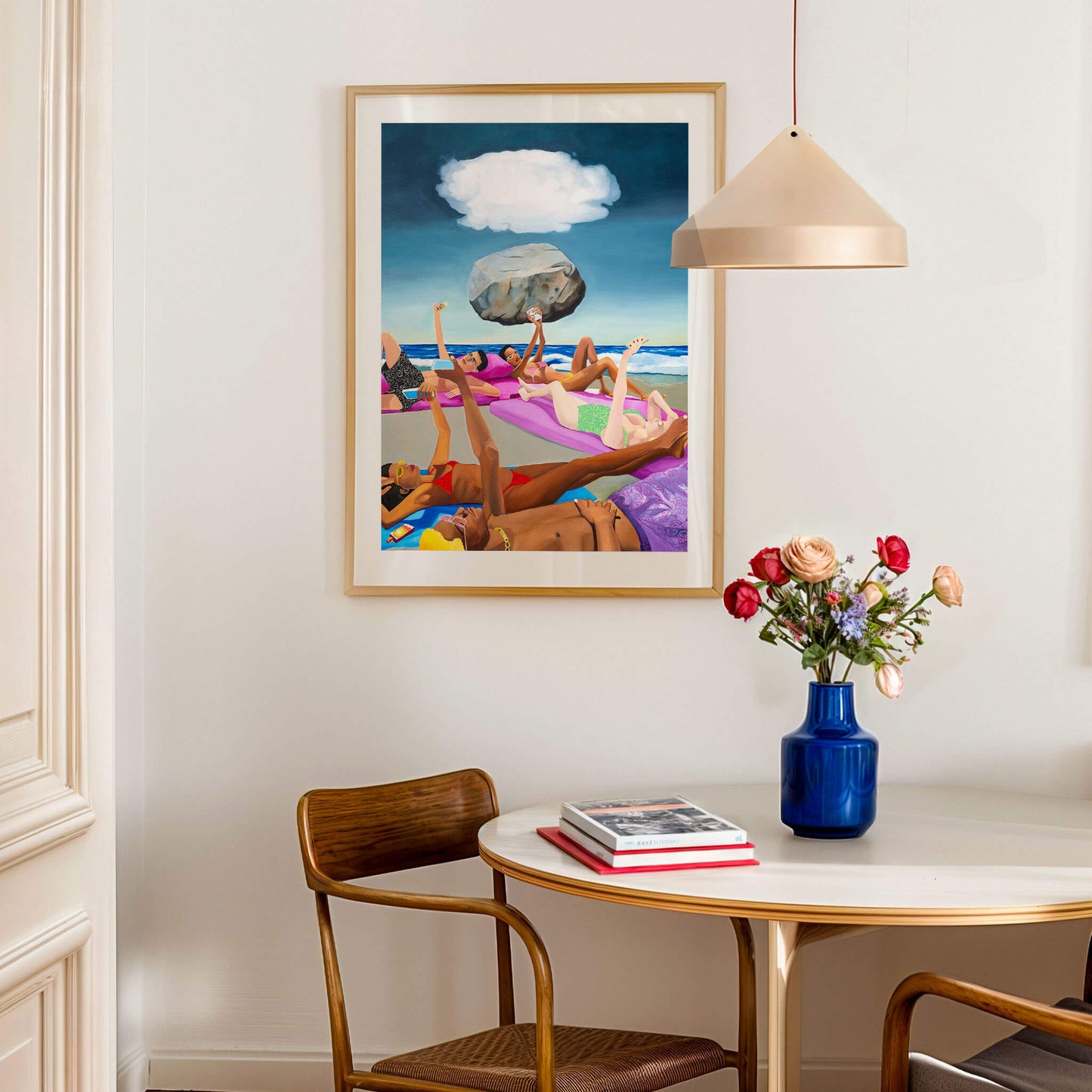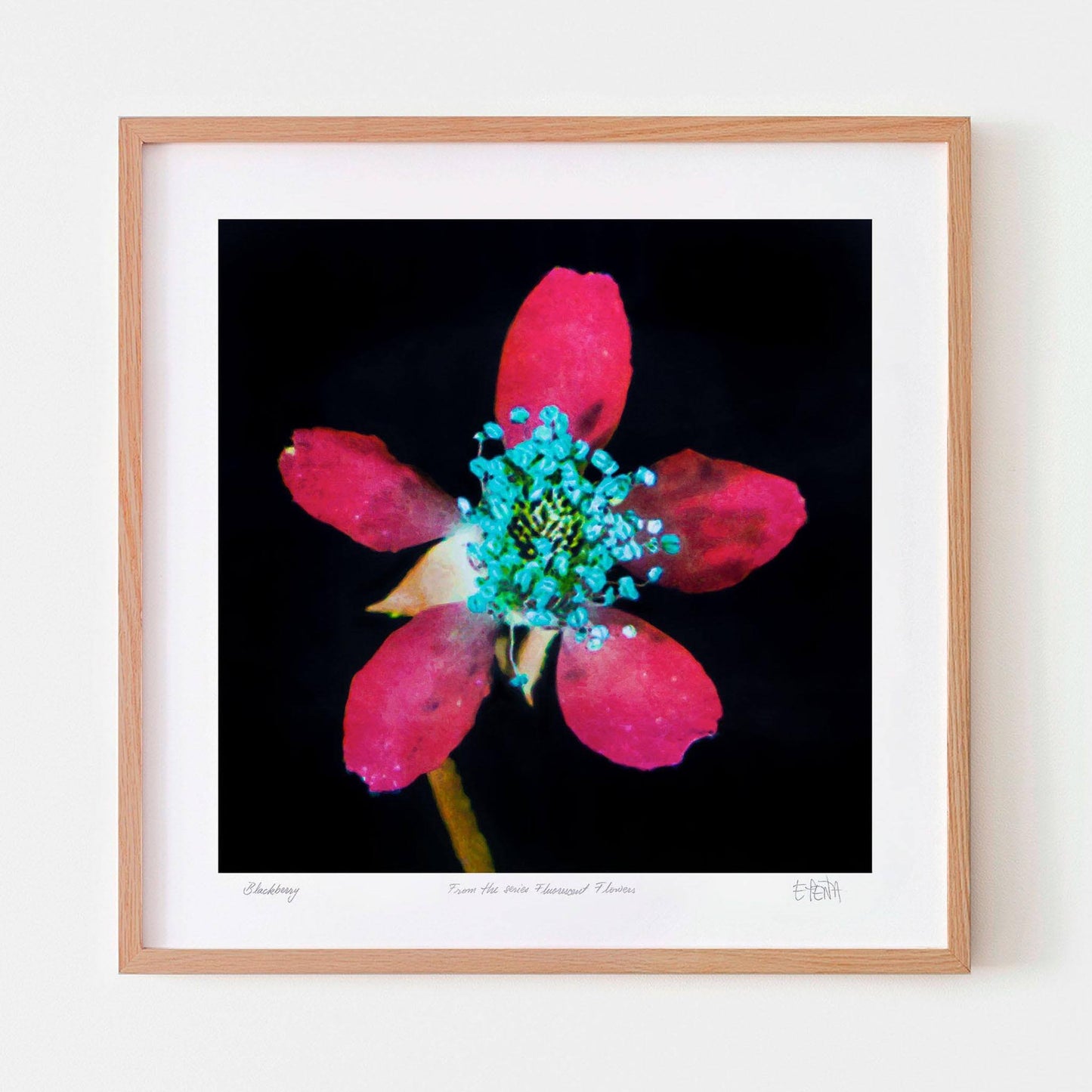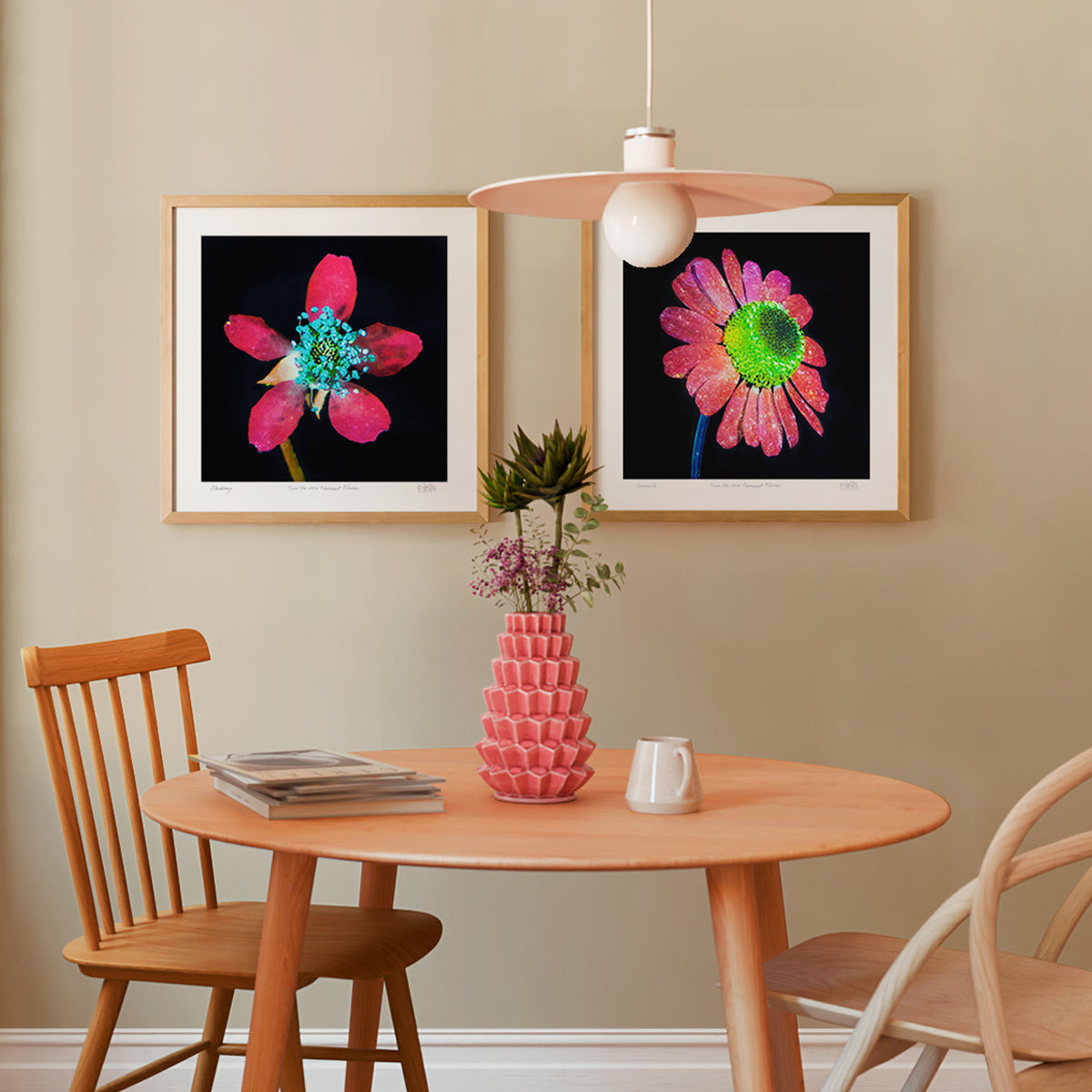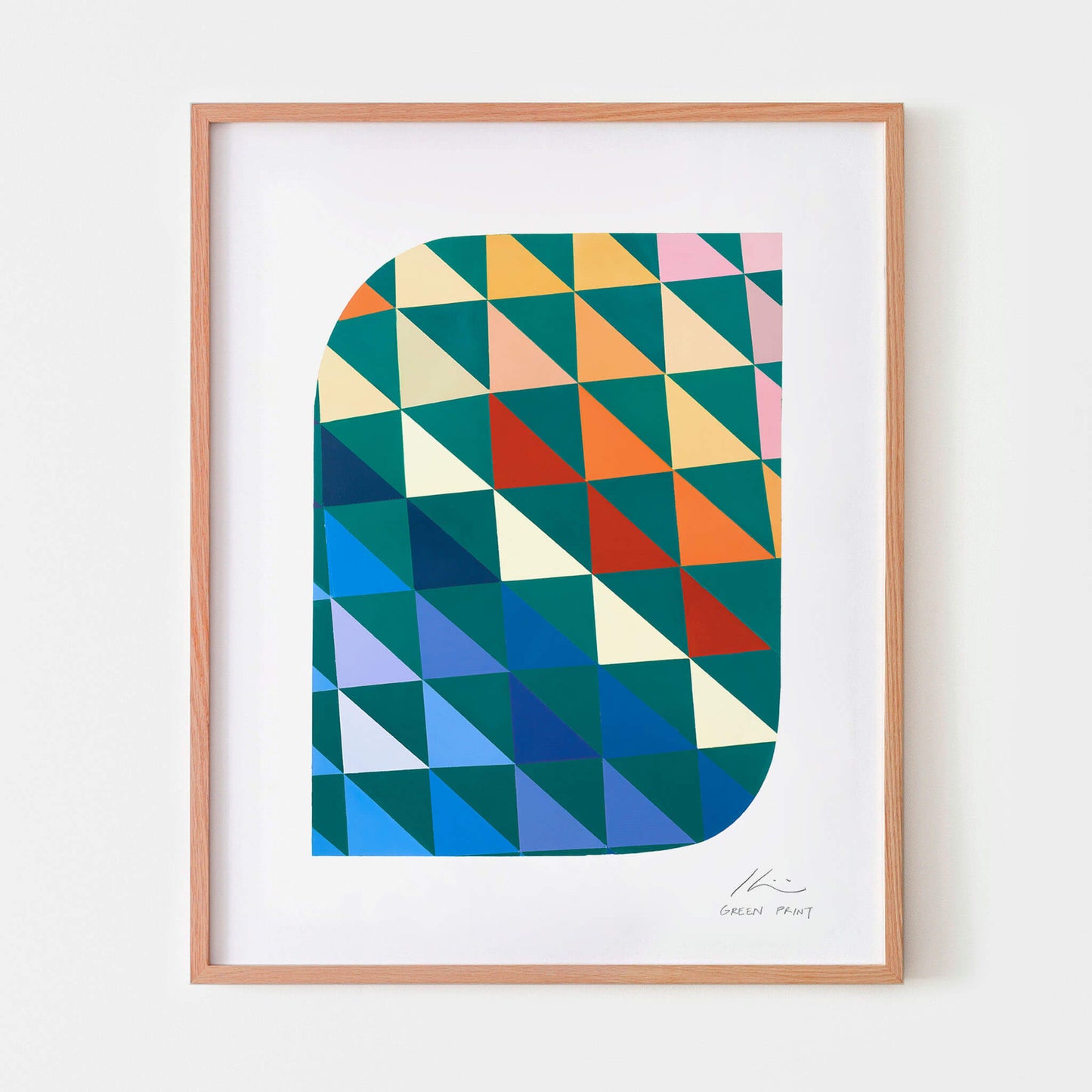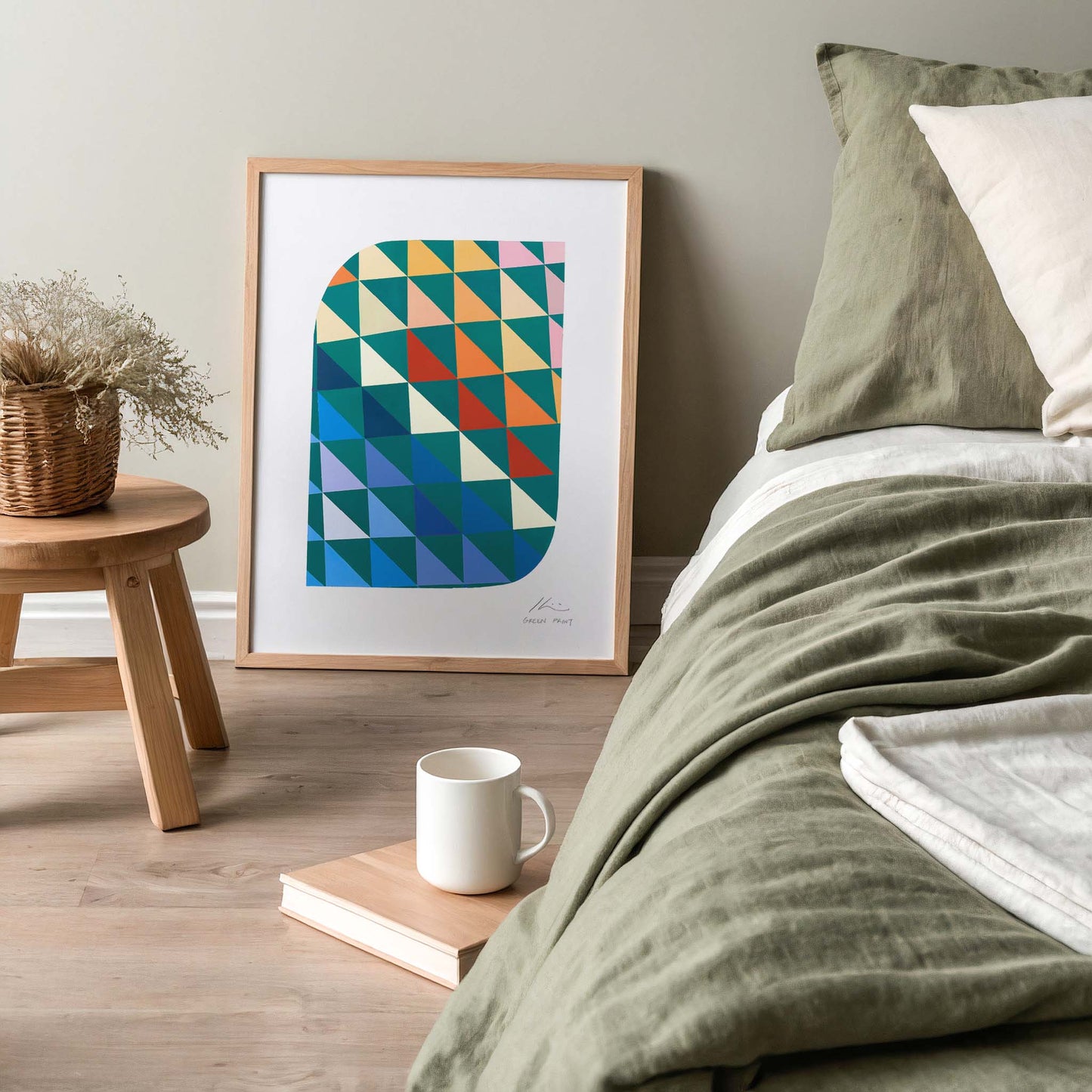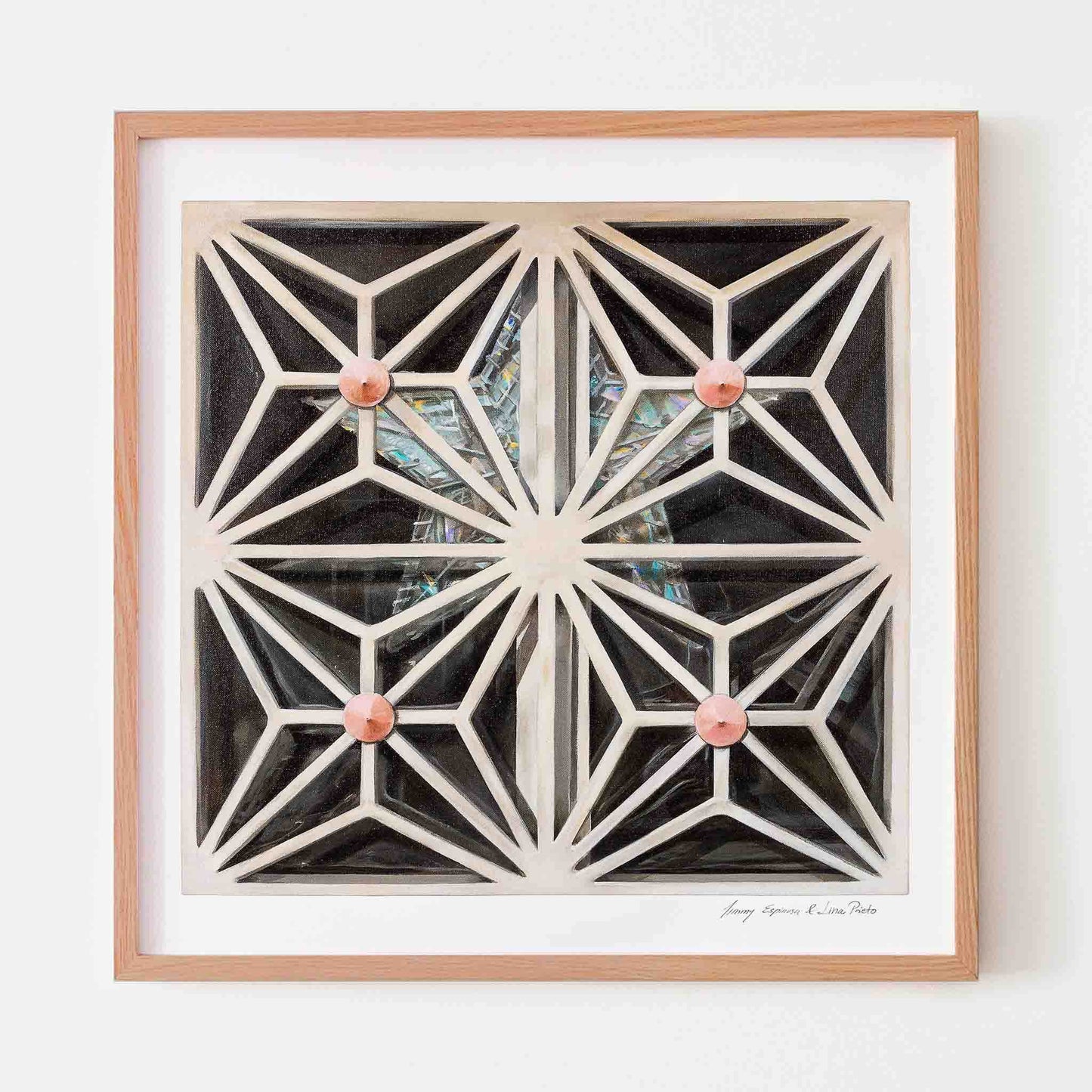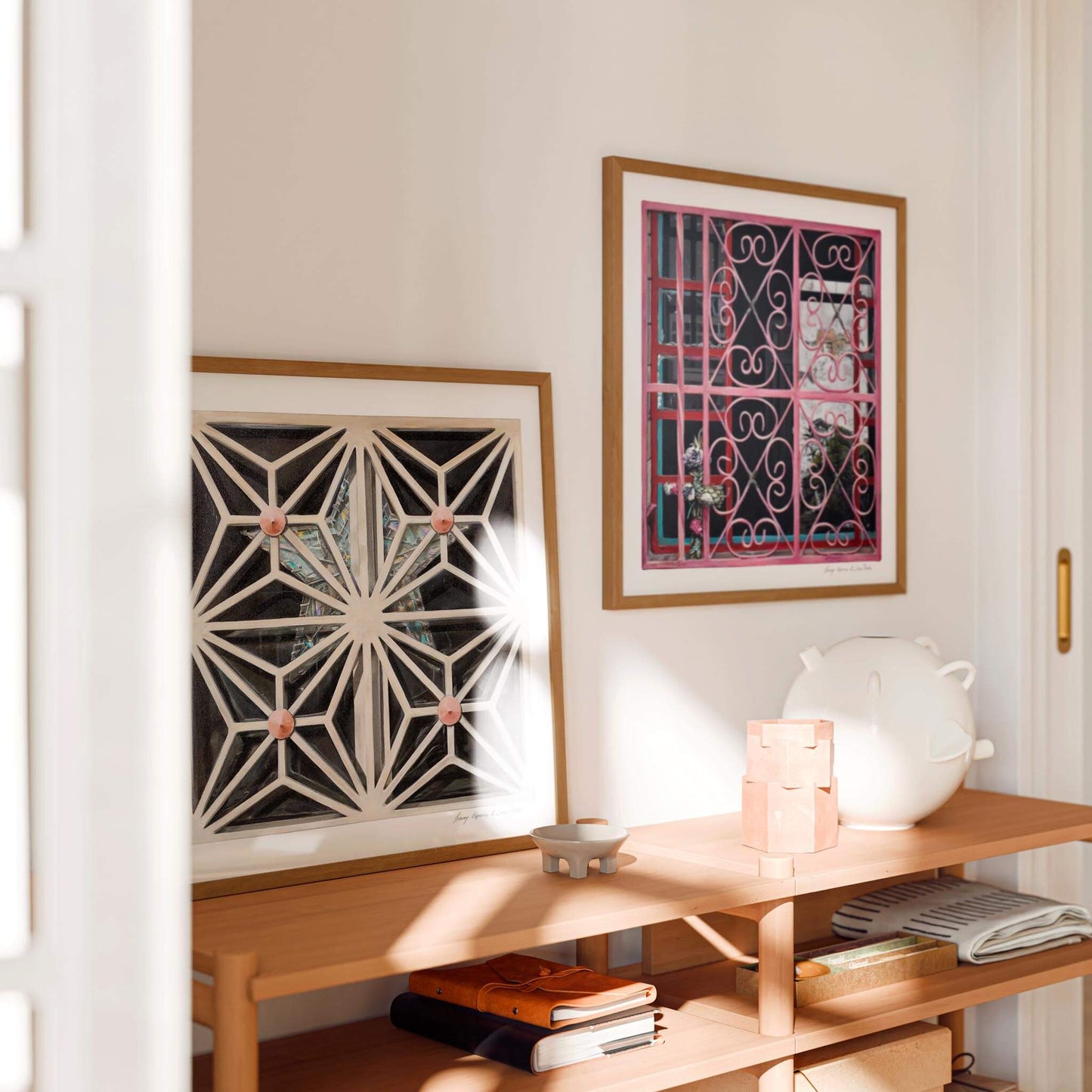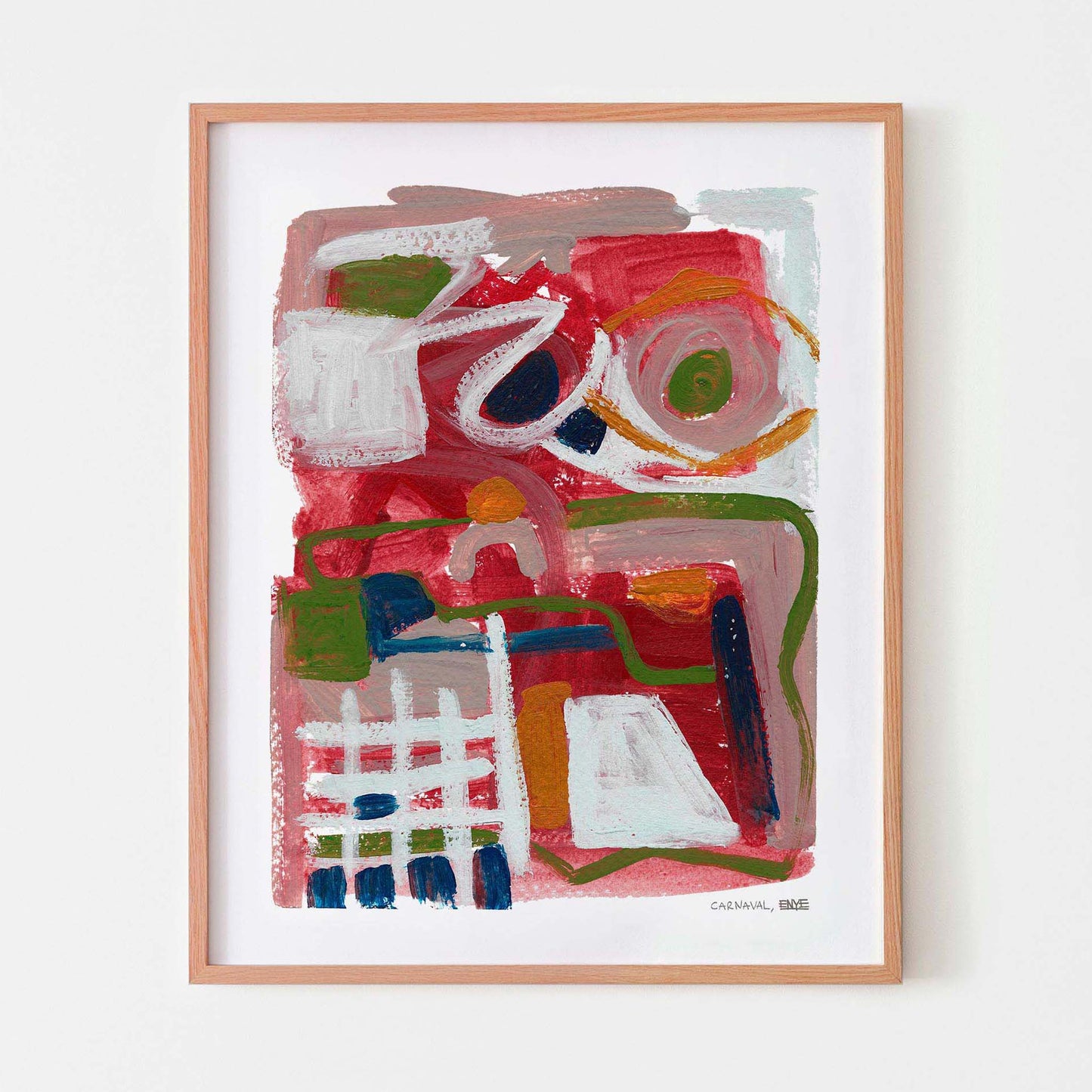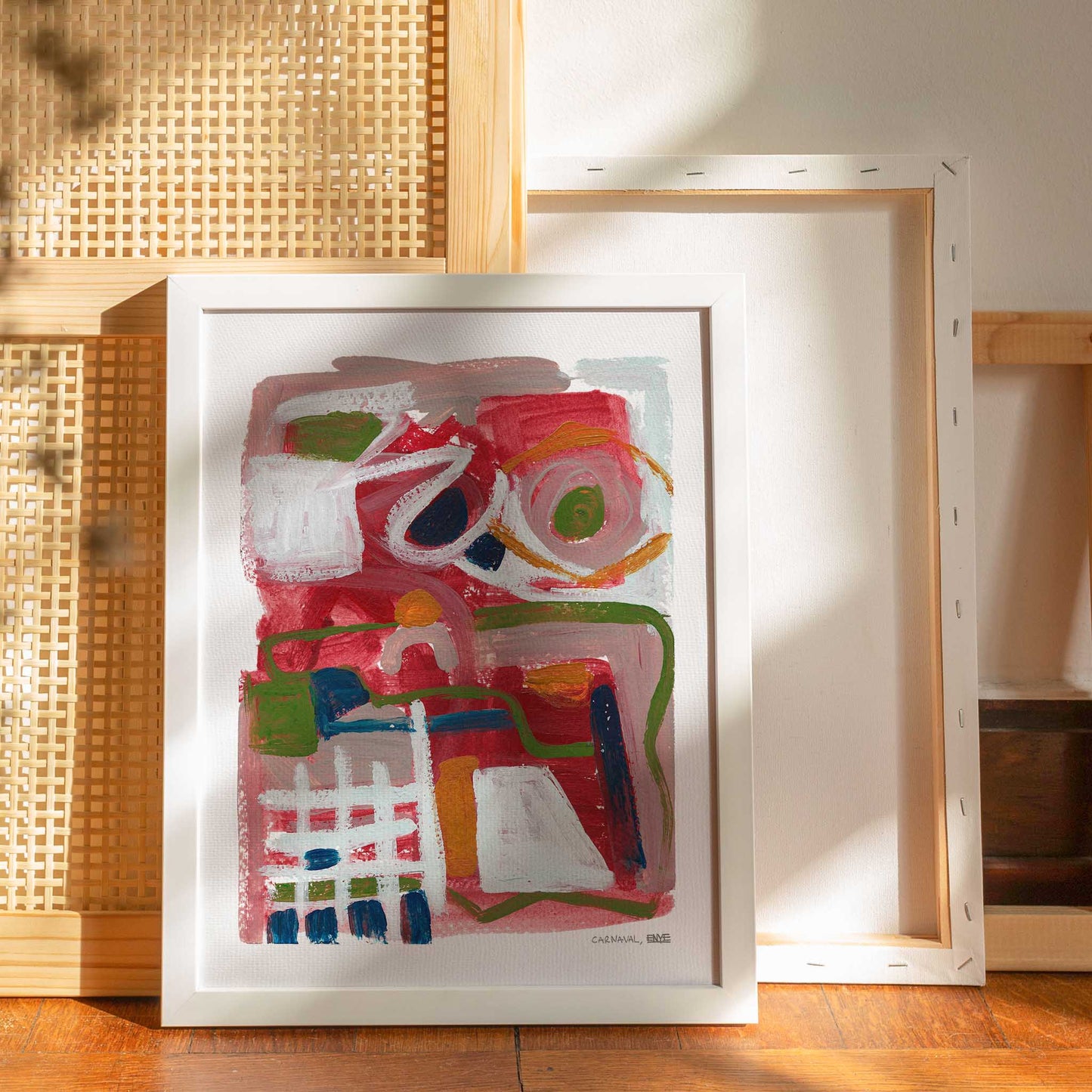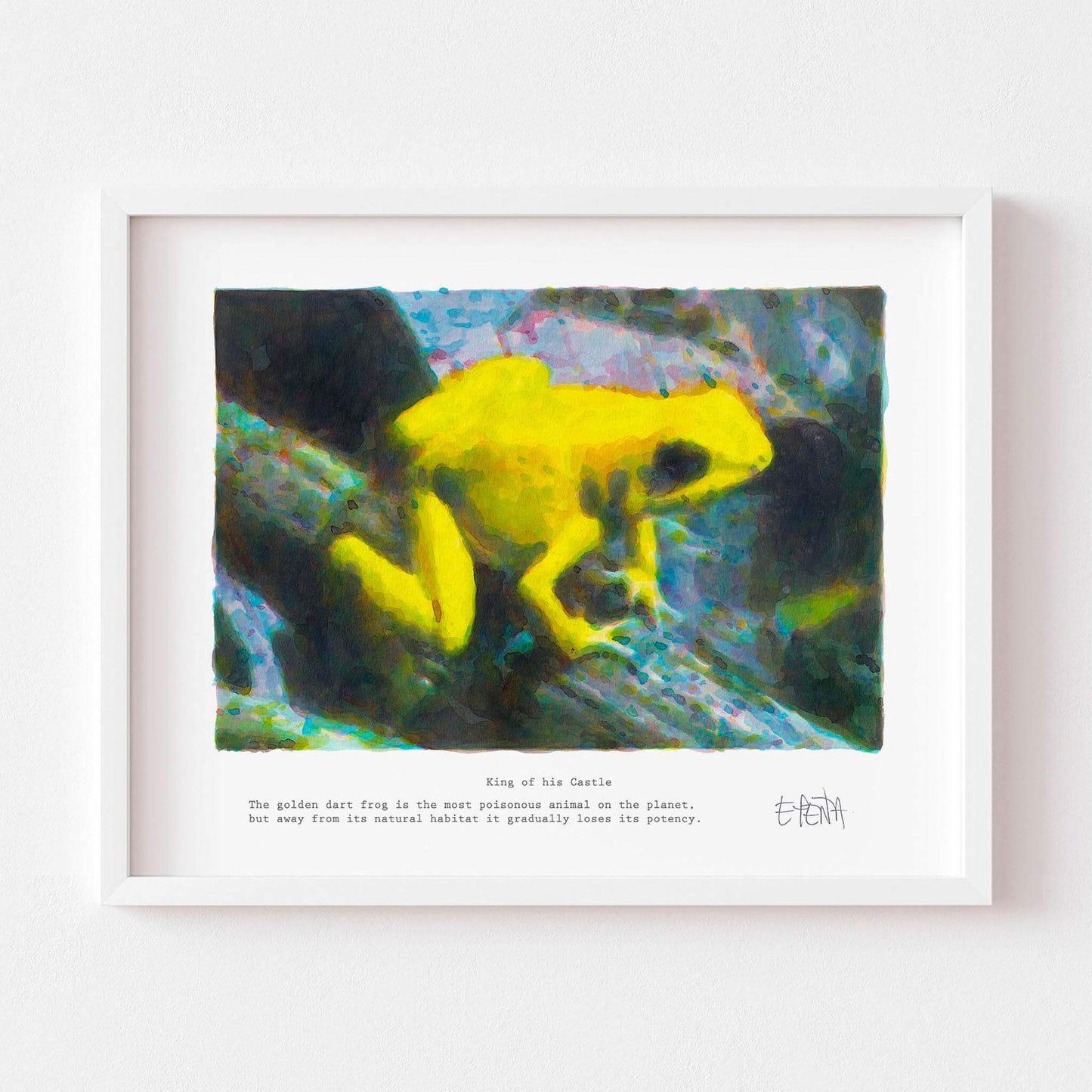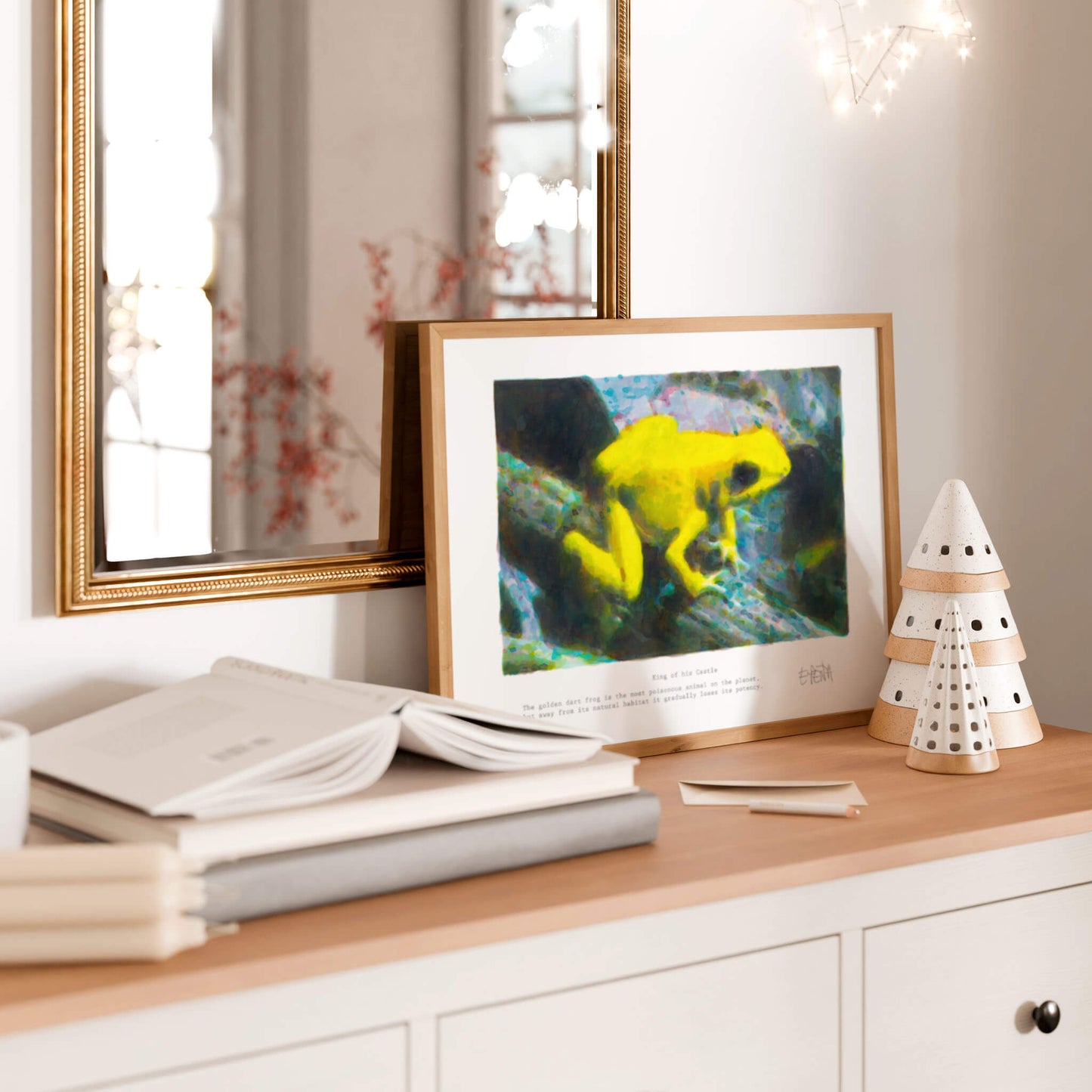
What is a giclée print?
Introduction
Giclée prints have revolutionised art production since their introduction in the early 1990s, and recent years have seen a boom in their availability both online and in art galleries. But what is a giclée art print? And why should you consider buying them?
In simple terms, a giclée is a high-quality inkjet print. Its name originates from the French le gicleur, meaning to squirt or spray, and refers to the technique used in giclée printing by which tiny dots of pigment ink are sprayed onto archival paper. An extremely precise technique, these microscopic dots of ink mean images can be reproduced with unequalled accuracy and vibrancy. The result? A faithful representation of the original artwork.
Why are giclée prints so popular?
Artists tend to favour giclée prints over other printing techniques because they offer a great amount of control in the reproduction process. Colour, contrast and other variables can be modified in the digital file before printing to ensure the final result closely matches the original work.
What’s more, giclée printing allows artists to create high-quality prints on demand. This eliminates the need for high up-front costs and the minimum print runs associated with traditional printmaking methods. Lithographs and serigraphs often require hundreds or thousands of copies to be made at once, which can be expensive and time-consuming for artists.
Overall, the result is a high-quality print at a lower cost with little to no waste, benefiting both collectors and artists. So, whether you’re an experienced art collector looking to grow your collection or an art enthusiast looking for affordable options, giclée prints are undoubtedly worth considering.
Why buy giclée art prints?
Five reasons to buy giclée prints
Image Clarity
Giclée printers aren’t just any old machine. They’re exceptional beasts that offer a level of image quality that can’t be achieved by any other means. Bear with me here, as I need to get a tad technical, but read on and you’ll understand what makes giclée prints so sharp and rich in colour.
Inkjet printers work by placing thousands of tiny dots of ink onto a piece of paper. Accordingly, printer quality is measured by the number of dots a printer can apply per inch of paper. This standard is known as resolution and is measured in ‘dots per inch’ or DPI for short. The higher the resolution of a printer, the more dots it can print per inch and the sharper, more detailed the final image.
Giclée printers have a higher DPI resolution than standard inkjet printers, with high-end giclée printers such as the Epson Sure Color P9000 being able to print resolutions of up to 2880 DPI. As a result, giclée prints offer sharper images that capture the full range of detail found in the original artwork.
Additionally, while your home inkjet printer uses 4 ink cartridges, giclée printers use 8 to 12 colour cartridges, giving them an exceptionally wide colour range for printing. This produces incredible colour accuracy, think deep blacks and bright whites, as well as a broad colour gamut and smooth colour gradient transitions.
Archival Quality
Giclées are high-quality prints that use specific materials and techniques to achieve an artwork that will last a lifetime. We’ve mentioned 12-cartridge printers and high-resolution files already. Now let’s take a closer look at paper and inks to reiterate the quality found in a giclée print compared to a standard digital print.
Paper
Giclée prints use archival papers, but what is archival art paper? It’s a paper that complies with a set number of requirements to ensure durability and permanence over time. It must be:
- Free from acid and lignin (to prevent yellowing and degradation)
- Free from artificial whiteners and optical brightening agents (OBAs) (to prevent discolouration and reduce environmental impact)
- Light resistant for a minimum of 100 years
- Able to hold a high density of ink (for deep blacks and rich colours)
- Compliant with international standards for durability and permanence (e.g., international standards ISO 11108 or ISO 9706)
While 100% cotton rag paper is the accepted standard for archival papers, alternative fibres and materials are also capable of producing archival papers for giclée printing. These include alpha(α)-cellulose fibres, bamboo, hemp, and mulberry, as well as tightly woven fabrics such as canvas or linen.
Finally, giclée papers are available in a range of different textures, from smooth to heavily grained. It’s worth noting that a tactile and matt finish similar to the surface found on traditional etching paper will ensure the final print isn’t just an image on a page, but a beautiful object in itself.
Ink
Giclée prints use pigment inks as opposed to dye inks to ensure longevity. Manufactured from solid and opaque pigments suspended in ink solution, archival pigment inks are colour-fast and resistant to both fading and deterioration. They also offer a wide range (or gamut) of colours, making it possible to accurately reproduce the full range of colours of the original artwork in a print.
Pigment inks are also less susceptible to the damage caused by UV light, environmental pollutants and humidity, making them more stable and able to maintain their original colours for well beyond a century.
Longevity
Giclée prints are a durable and long-lasting option guaranteed to provide a lifetime of colour and joy to their owners. Unlike serigraphs or lithographs, which are prone to fading as a result of exposure to light, humidity and environmental factors, giclee prints made using pigment inks and archival art paper are renowned for their longevity.
The right combination of archival paper, pigment inks and display conditions can give a giclée print a lifetime of 100 years when displayed under average daylight conditions, which increases to 200 years if placed in dark storage in an archival box.
Light, heat and atmospheric pollutants are the main culprits behind a fading art print, but there are steps you can take to ensure you get the maximum lifespan out of your giclee print. Be sure to frame your giclée prints behind UV-resistant glass or acrylic, and don’t display your art in direct sunlight. Avoid fluctuating temperatures and high levels of humidity by keeping your prints out of attics and basements and away from external walls that are usually prone to condensation and changing temperatures.
Affordability
Giclée prints have a considerably lower price point than original art, making them an affordable option for anyone looking to decorate their home with quality art on a budget or start an art collection with modest financial means.
Affordability coupled with longevity, quality, and the scarcity produced by limited print runs means that giclée prints often prove a good investment choice for novice and experienced collectors alike. The fact that an archival giclée print will last for up to 200 years in dark storage means it will retain its value should you wish to sell the print further down the line.
If you are looking to invest, be sure to keep an eye out for the hallmarks of a collectible print, such as the artist’s signature and a certificate of authenticity to accompany your print and purchase.
Convenience
Giclée prints are a convenient solution for those hoping to grow an art collection or decorate their homes with quality artworks. Unlike original paintings and sculptures, they’re lightweight and easy to install in the home, making a do-it-yourself approach to hanging your art possible. Where costly professional installation teams can be eliminated, so can pricey and complicated storage conditions. Furthermore, should you ever need to move home, giclée prints are easy and lightweight for transportation purposes.
Giclée prints also require very little upkeep. Where original artworks necessitate periodical conservation and restoration services, a well-framed giclée can remain untouched for decades. All that’s needed to keep it clean is a regular dusting with a soft brush or feather duster.
Conclusion
Now you know what a giclée print is, take a moment to check out our collection of giclée prints by artists from Latin America. Our prints tick all the boxes – archival paper, pigment inks, certificates of authenticity and unparalleled quality.
How long before you bring your walls to life with art?

